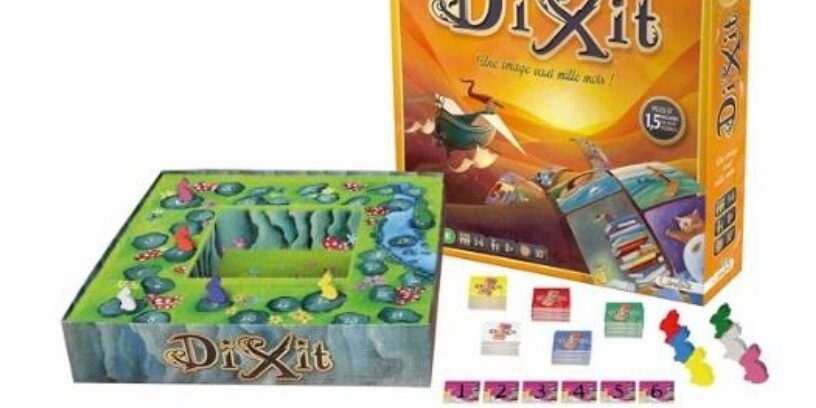Game components are physical representations of the game mechanics and dynamics that exist in a game. In tabletop games, these are the physical pieces that players interact with throughout the game. They typically have multiple purposes, including: representing information; positions; and relationships in the game. It includes main components, common components, identification components, randomization components, and measurement components. This article will focus on the main game component in tabletop games.
What is Main Game Component?
Main components are the type of components used in most games. They are usually related to the global game state or the game state of the players. The global game state is the state that affects all players. Whereas the personal game state (i.e. cards, secret player screen, etc.) only represents information for a single player.
Board / Mat, Box, Sheets/Booklets/Pads, Screen are all main game components.
Board / Mat : One of Main Game Component
When people think of “board games“, they usually think of boards and mats. This is the world map in Risk; Mars in Terraforming Mars; and the city of Lisbon in Lisbon. Sometimes these boards made up of mats that have the same purpose (i.e. Rising Sun). Players can also use player boards that represent their own “personal scale” in the game. These often appear in scroll and write games like On Tour and Patchwork. These personal boards represent areas of agency and information that the player knows specifically (and sometimes only).
Box: One of the Main Game Component
Boxes are interesting in tabletop games because they usually serve only one very practical function: to store; to hold; and to organize the game between play sessions. Although the box can also used as a board (i.e. Niagara), so it can go between storage and play. Mechanica allows players to play out of the box, so in this case the box stores and organizes components as well as acting as a board. Externally, the box also serves as a marketing tool for the game. This is because when the box sits on a retail shelf, it represents the content and the game experience to the consumer. In this way, the box serves the same purpose as the dust jacket of a book. In the fewest persuasive words possible, it conveys: what the game is; how many players it played with. The age appropriateness, length of time, theme of the game. And the “hook” or something that makes the game interesting.
Sheets/Booklets/Pads: One of Main Game Component
Sheets, booklets, and notebooks are where players write and store information about the game and the game. One of the most popular examples is a scoreboard that tallies players’ points at the end of a game. Another is a rulebook, which includes written information about how to play the game. We don’t usually think of a rulebook as a component. However, a rulebook serves an important purpose: it represents the designer and their intentions for the player when they begin their game experience. As such, sheets, booklets, and notebooks probably convey the most information about the player’s experience than any other component.
Screen: One of Main Game Component
Screens may not be used as often as other game components, but they often have very important functions. For hidden information games, they can provide a “private space” for players to store information, chits, or other components that should be hidden from other players.
Also, screens can be used as player aids to get information about the game. Screens can represent different game icons; turn orders; game overviews; and scoring conditions. In a game like Paris Connection, the screen serves a dual purpose. Hiding information (the train) from other players, while also providing help to players with turn order and end-of-game information.













